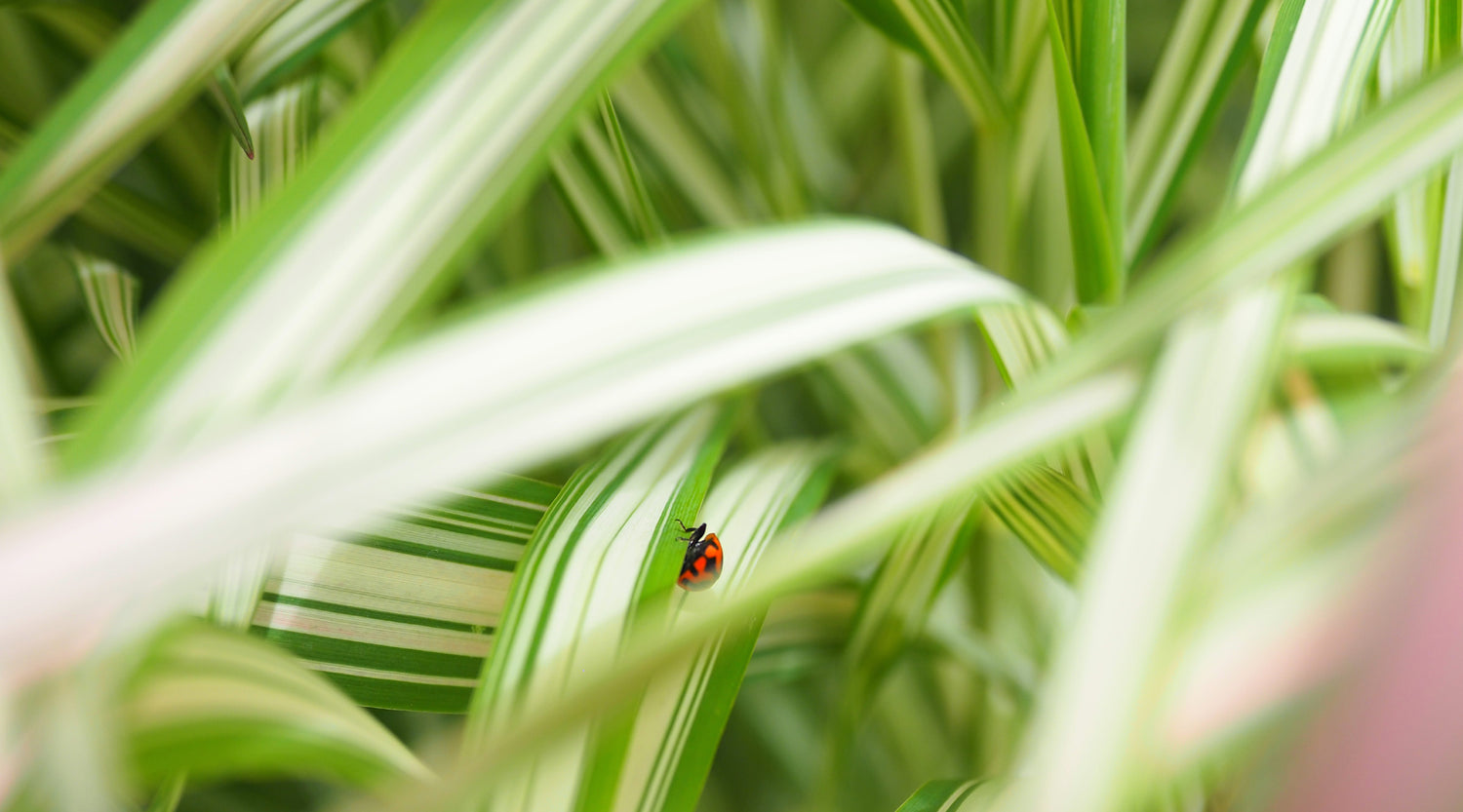Home
>
We Know Water Gardens Blog
>
Make a Splash with Corkscrew Rush: Step-by-Step Guide to Growing it in Australian Ponds
Make a Splash with Corkscrew Rush: Step-by-Step Guide to Growing it in Australian Ponds
on Oct 31, 2023
Looking to add a unique and eye-catching plant to your Australian pond? Look no further than the Corkscrew Rush! This fascinating plant is sure to make a splash with its distinctive corkscrew-shaped foliage. In this step-by-step guide, we will take you through the process of growing and caring for Corkscrew Rush in your pond.
Corkscrew Rush (Juncus effusus 'Spiralis'), is a versatile and hardy aquatic plant that thrives in both still and flowing water. Its spiral-shaped leaves add a touch of whimsy and elegance to any aquatic landscape. Whether you have a small backyard pond or a large water feature, Corkscrew Rush can be a stunning addition.
In this article, we will explore the ideal growing conditions for Corkscrew Rush, including sunlight, water depth, and soil requirements. We will also discuss propagation methods and tips for maintaining a healthy and vibrant plant. By the end of this guide, you will have all the knowledge you need to successfully grow Corkscrew Rush in your Australian pond.
So, let's dive in and discover how you can make a splash with Corkscrew Rush in your pond!
Characteristics and benefits of Corkscrew Rush Pond Plants
Corkscrew Rush is a unique and visually striking plant that brings a touch of
elegance to any pond. Its spiral-shaped foliage adds a sense of whimsy and creates a focal point in the water. One of the key benefits of Corkscrew Rush is its adaptability to various water conditions. It can thrive in still or flowing water, making it a versatile choice for any pond.
In addition to its aesthetic appeal, Corkscrew Rush also serves a practical purpose in ponds. Its dense growth provides valuable shade and shelter for fish and other aquatic creatures. The roots of the plant help to stabilise the soil, preventing erosion and maintaining water clarity. Corkscrew Rush is also known to absorb excess nutrients, helping to maintain a healthy balance in the pond ecosystem.
Choosing the right location for Corkscrew Rush
Before planting Corkscrew Rush, it's important to choose the right location in your pond. This will ensure optimal growth and longevity of the plant. Firstly, consider the amount of sunlight the area receives. Corkscrew Rush thrives in full sun to partial shade, so choose a spot that gets at least 6 hours of direct sunlight per day.
Next, consider the water depth. Corkscrew Rush can tolerate a wide range of water depths, from shallow to up to 30cm. However, it's important to avoid planting it in water that is too deep, as this can cause the plant to become top-heavy and unstable.
Consider the soil requirements if planting into a pond. Corkscrew Rush prefers moist, well-draining soil. If your pond has heavy clay or compacted soil, consider adding a layer of sand or aquatic soil to improve drainage. This will help prevent waterlogging and rotting of the plant's roots. Alternatively, this plant will happily float about your pond in the floating ring that it comes with.
Corkscrew Rush can be sensitive to frost, so it’s best to protect it during the colder months. Pop it in a cover pot and bring it indoors for winter. It will happily thrive inside on a sunny windowsill.
Preparing the pond for Corkscrew Rush
Once you have chosen the ideal location for Corkscrew Rush, it's time to prepare your pond for planting. If you want to plant this into your pond, remember that it is a marginal plant. Start by removing any existing weeds or debris from the area. This will reduce any competition for nutrients and ensure that the Corkscrew Rush has ample space to grow.
Before planting, it's also a good idea to create a planting pocket or hole in the soil. This will help anchor the Corkscrew Rush and prevent it from floating or being uprooted. Use your hands or a small trowel to dig a hole that is slightly larger than the plant's root ball. Place the plant in the hole and gently backfill with soil, ensuring that the crown of the plant is level with the soil surface. We recommend growing this plant in its floating ring for best results.
Planting and propagating Corkscrew Rush
Corkscrew Rush can be planted in two ways - from seeds or through division. Planting from seeds can be a longer and more unpredictable process, so many gardeners prefer to propagate Corkscrew Rush through division.
To propagate Corkscrew Rush through division, start by identifying a healthy and mature plant. Carefully lift the plant out of the water, taking care not to damage the roots. Use a sharp knife or garden shears to divide the plant into smaller sections, ensuring that each section has at least a few healthy shoots and roots. The plant is not a fast growing rush and the success rate is low.
Once divided, replant the sections in the desired locations in your pond, following the planting instructions mentioned earlier. Be sure to water the newly planted sections thoroughly to help them establish in their new environment.
We recommend growing Corkscrew Rush in the unique floating ring that it will arrive with. The floating ring allows the plant to grow strongly regardless of pond depth.
Caring for Corkscrew Rush - watering, fertilising, and pruning
Corkscrew Rush is a relatively low-maintenance plant, but it does require some care to ensure optimal growth and health. The plant prefers consistently moist soil, so be sure to monitor the water level in your pond and adjust as needed.
Feeding Corkscrew Rush is also important to promote healthy growth. Use a balanced aquatic fertiliser specially formulated for water plants. Apply the fertiliser tablet according to the manufacturer's instructions, usually every 4-6 weeks during the growing season. Be careful not to over-feed, as this can cause excessive algae growth and harm the pond ecosystem.
Pruning Corkscrew Rush is optional but can help maintain a tidy appearance and prevent overcrowding. If you notice any dead or yellowing leaves, simply snip them off at the base using clean garden shears. Avoid pruning more than one-third of the plant at a time, as this can stress the plant and inhibit its growth.
© weknowwatergardens 2025
Share




